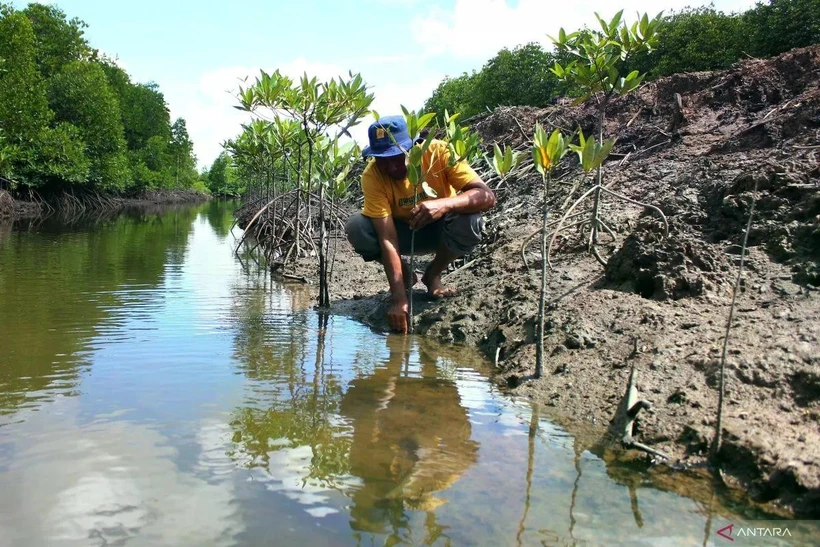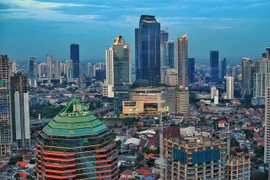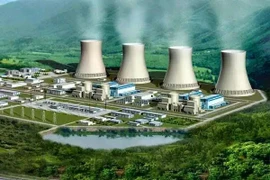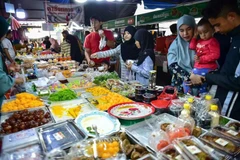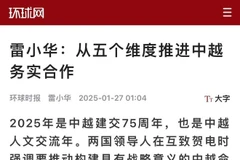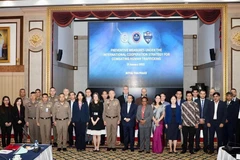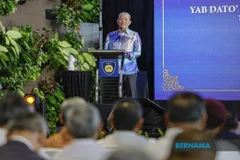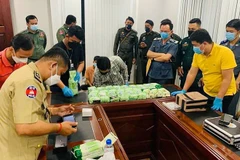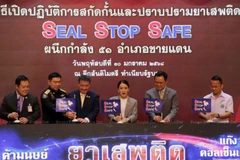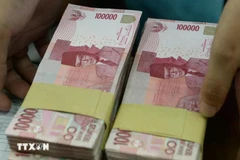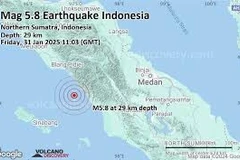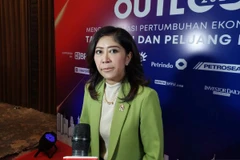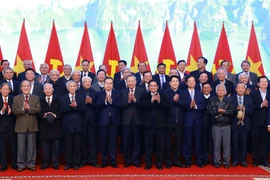Jakarta (VNA) – The Indonesian Ministry of Environment has identified the economic potential of peat and mangrove rehabilitation efforts, which can be a focus of sustainable investment for businesses.
As reported by the country’s national news agency Antara, Sigit Reliantoro, the ministry’s Deputy for Environmental Management and Sustainable Natural Resources, said the government has been restoring peatlands across 4.1 million hectares.
This effort has the potential to reduce emissions by approximately 302.9 million tonnes of CO2 per year, he added.
“It opens up opportunities for carbon trading worth 48 trillion IDR to 184 trillion IDR (nearly 11.3 billion USD) per year,” he stated at the recent ESG Sustainable Forum 2025 in Jakarta.
The official urged companies to consider peat restoration as part of their environmental, social, and governance (ESG) strategies, while expressing hope for their greater participation in mangrove rehabilitation, which is estimated to require funding of 3,900 USD per hectare.
The value of the mangrove ecosystem could increase by around 15,000 USD per hectare per year and even 50,000 USD per hectare if combined with silvofishery – a fish culture system that helps maintain the mangrove ecosystem. Coastal restoration is also estimated to generate 6,760 USD per hectare from fisheries sector yields and carbon storage.
According to him, with around 3 million hectares of mangroves of various types, Indonesia is well positioned for carbon offsets and trading. Peat restoration and mangrove rehabilitation align with the country’s vision of sustainable development, supporting both green and blue economies.
Indonesia officially joined the global carbon-trading network by launching its first international carbon trade transactions at the Indonesian Stock Exchange (BEI) in Jakarta on January 20. The initiative aims to help the country achieve its climate targets, as outlined in the Nationally Determined Contributions (NDC) document./.
